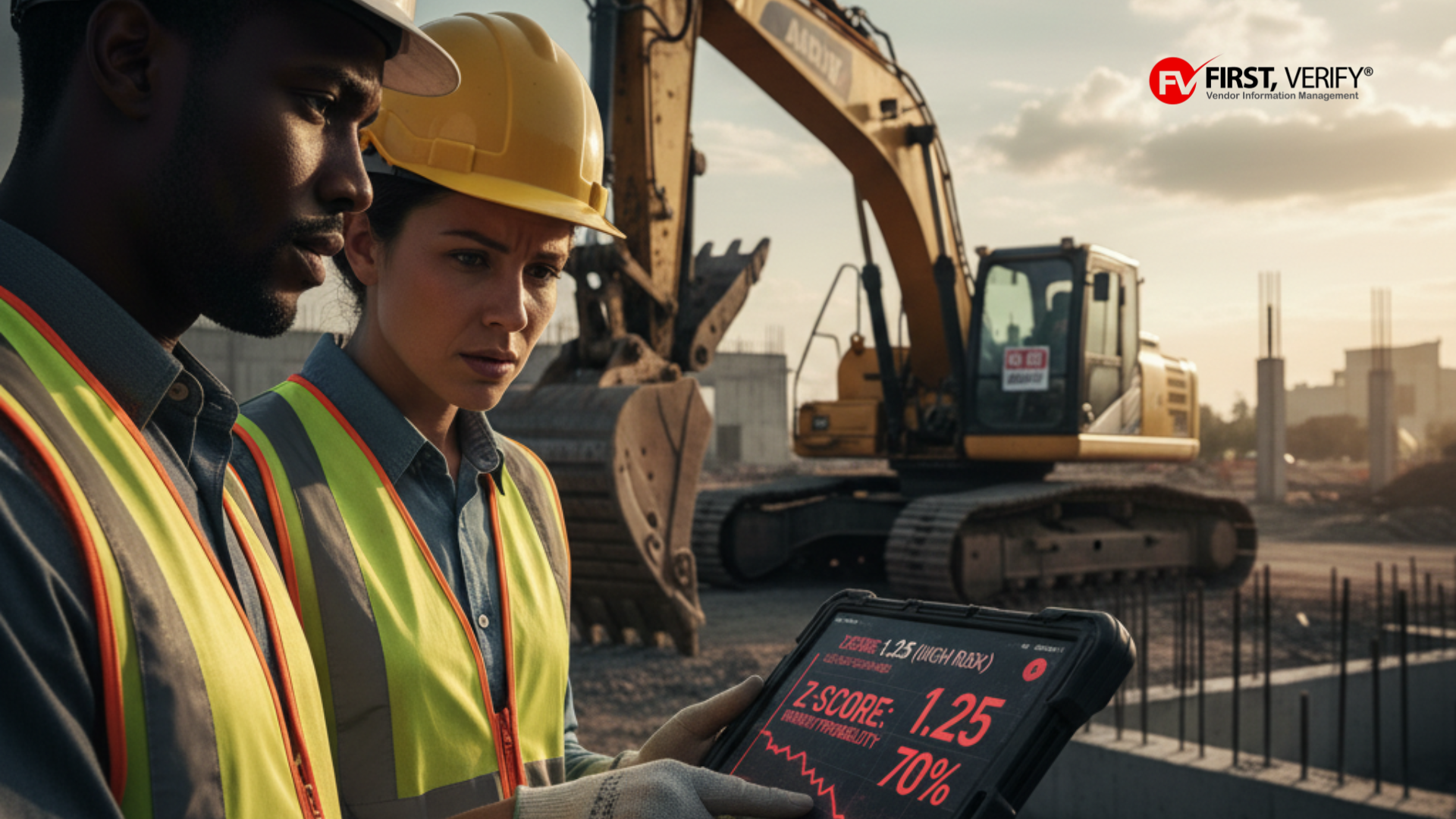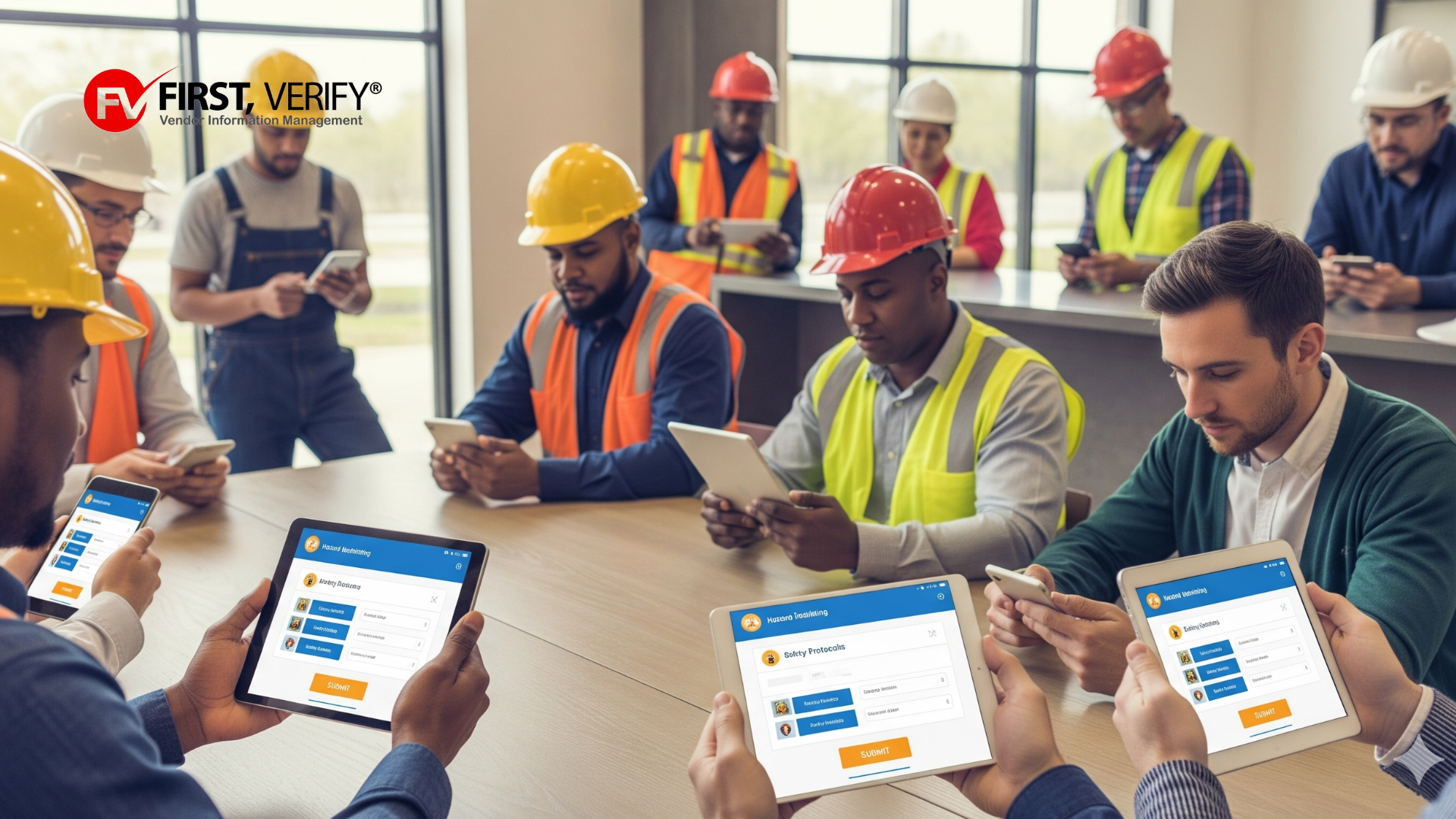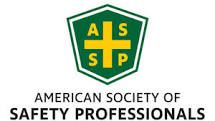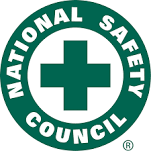The Field Audit or the Remote Audit? Solutions in Contractor Risk Management
For safety directors, compliance officers, and operations executives, effectively managing your extended workforce — your contractors — is a high-stakes responsibility. While the concept of contractor prequalifi-cation is now standard, the debate remains: what is the most robust and scalable method for continuous oversight?
The answer is not a single approach. The most successful contractor risk management programs integrate both onsite audits and offsite inspections (or remote audits) into a strategic, data-driven hybrid model. The key is knowing which tool to deploy, and when.
The Case for Field Audits: Direct Observation and Depth
An onsite, or field audit is the gold standard for verifying the practical application of safety policies. It moves beyond checking a box on a form and provides direct, physical evidence of compliance.
Key Benefits of Being Onsite
- Verify Physical Conditions: An auditor can directly assess machine guarding, housekeeping standards, safe work practices, and the actual use of required PPE.
- Assess Safety Culture: An onsite inspection offers a tangible measure of a contractor’s commitment to safety, from management buy-in to employee engagement.
- High-Risk Assurance: When the work involves extreme hazards (e.g., confined spaces, complex LOTO procedures, or high-volume traffic), direct oversight is non-negotiable.
The Onsite Challenge
While crucial, a purely onsite audit strategy is resource-intensive. It creates significant logistical hurdles, is expensive to scale across a large base of contractors, and can lead to audit fatigue—which is why it must be reserved for targeted, high-value scenarios.
The Necessity of Remote Audits: Scalability and Programmatic Review
The bulk of modern contractor compliance must be managed remotely. Offsite—or remote audits—provide the speed, consistency, and affordability required to vet a large number of contractors effectively.
The FIRST, VERIFY Advantage: Focusing on Implementation
Unlike platforms that audit whether contractors’ safety manuals have approved wording, FIRST, VERIFY’s remote audits evaluate whether your contractors' safety programs are actually being implemented.
- Documentation Verification: Our remote auditors determine if a contractor can document employee training in the hazards associated with each job function, does it perform jobsite inspections, incident investigations, and have a written disciplinary policy. We don't just ask if they have a fall protection program; we verify the application of the program itself.
- Unmatched Affordability: Because our remote approach focuses heavily on the documentation portion of the audit, we can keep the process extremely affordable compared to the travel and staff costs associated with traditional field audits.
- Consistency and Customization: FIRST, VERIFY provides a uniform method for collecting and updating critical information, ensuring every contractor is scored against your specific, customized risk tolerance and compliance requirements.
Ideal Use Cases for Remote Audits
- Prequalification: After establishing a baseline of compliance by verifying a satisfactory safety history, required insurance coverage, and other prequalification requirements, remote audits provide assurance that your contractors meet your standards for competent safety management.
- Annual/Rotating Compliance: If not with every prequalification, remote audits can also be cost-effective when they’re performed on a rotating, multi-year basis.
Building the Hybrid Audit Strategy
In practice, this means that the remote audit becomes the program’s first line of defense providing broad, continuous visibility across the contractor base while flagging trends and anomalies that warrant deeper investigation. When red flags arise such as inconsistent documentation, abnormal incident rates, or gaps in required training these contractors can then be prioritized for targeted onsite audits. This approach ensures resources are spent where they deliver the greatest return: confirming that high-risk or high-impact contractors are not only compliant on paper but in the field.
Over time, data from both audit types reinforce each other. Remote audits feed measurable indicators of program health and consistency, while field audits validate those indicators through firsthand observation. The result is a living feedback loop that strengthens both predictive insight and compliance confidence.
A robust, customized hybrid audit strategy is a vital investment in your operational efficiency and legal protection. Contact FIRST, VERIFY today to schedule a consultation and see how our remote audit services and customizable prequalification program can transform your contractor risk management from a manual burden into a standardized, scalable asset.
Learn more about our services or request a demo at
www.firstverify.com.






